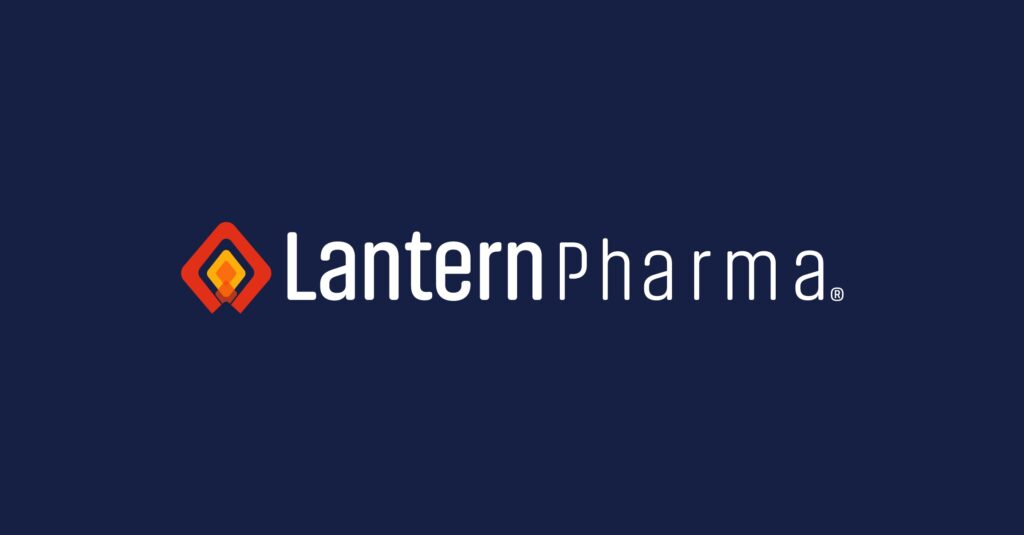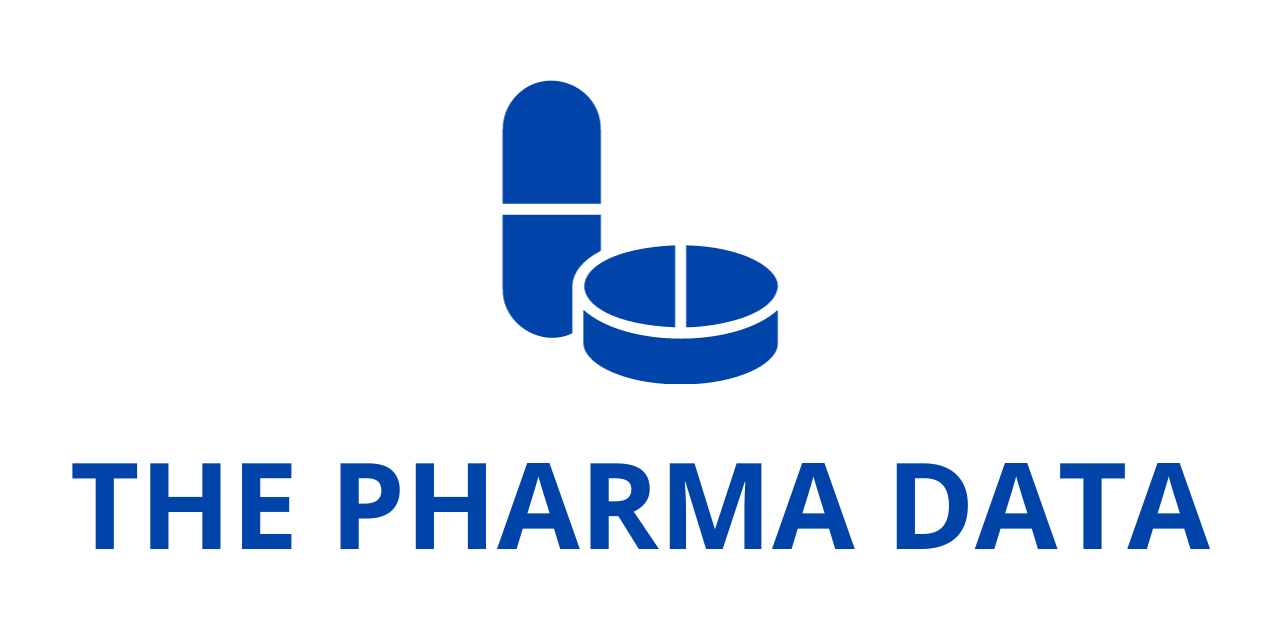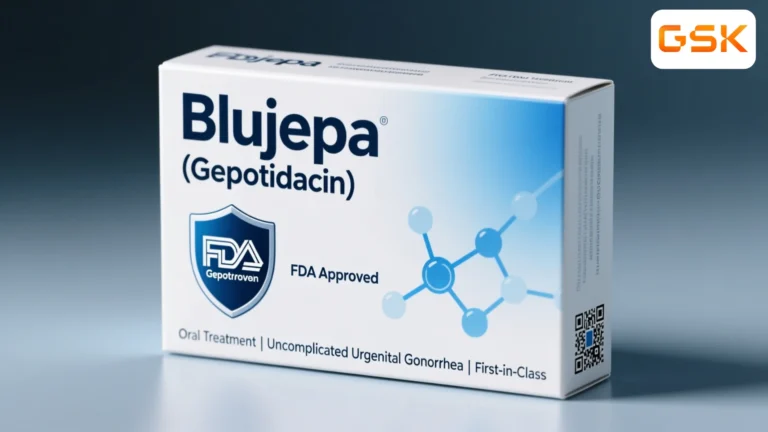
Lantern Pharma Achieves Landmark Complete Response in Heavily Pretreated Lymphoma Patient, Validating AI-Driven Precision Oncology Strategy
Lantern Pharma’s LP-284 demonstrates transformative clinical potential in one of the most difficult-to-treat blood cancers, marking a milestone for AI-guided drug development and synthetic lethal therapeutics.
Lantern Pharma Inc. (NASDAQ: LTRN), a clinical-stage biotechnology company pioneering the integration of artificial intelligence (AI) into cancer drug development, has announced a major clinical breakthrough that could redefine the treatment landscape for relapsed or refractory diffuse large B-cell lymphoma (DLBCL). In the company’s ongoing Phase 1 clinical trial of LP-284, a next-generation small molecule therapy developed using its proprietary RADR® AI platform, a heavily pretreated patient with aggressive, Grade 3 non-germinal center B-cell DLBCL achieved a complete metabolic response (CMR) after just two treatment cycles.
This marks the first documented complete response with LP-284, and the patient had previously failed three lines of aggressive treatment within just 15 months — including R-CHOP chemotherapy, CAR-T cell therapy (liso-cel), and a bispecific antibody (glofitamab). The patient’s disease trajectory and rapid resistance to these advanced interventions underscore the significance of this result. The positive response not only illustrates LP-284’s therapeutic potential but also validates the core strategy behind Lantern’s RADR® platform, which aims to harness computational biology and AI to systematically streamline and de-risk the oncology drug development process.
A Clinical Turning Point in an Intractable Cancer
The patient who achieved a complete response was a 41-year-old individual diagnosed with an aggressive, advanced form of DLBCL — a highly proliferative B-cell malignancy known for its poor prognosis in the relapsed or refractory setting. Despite undergoing state-of-the-art therapies, including autologous CAR-T treatment and CD20-targeting bispecific antibodies, the patient continued to experience rapid disease progression, culminating in widespread skeletal involvement by the time they enrolled in the LP-284 study in April 2025.
LP-284 was administered intravenously on days 1, 8, and 15 of each 28-day cycle. Remarkably, after just two cycles of monotherapy, the patient achieved a complete metabolic response, with positron emission tomography (PET) scans showing no signs of fluorodeoxyglucose (FDG) avidity in the previously identified bone lesions. This outcome is described as “paradigm-shifting” by Lantern’s leadership, given the extent of therapeutic exhaustion the patient had undergone.
“This extraordinary clinical observation represents a transformative moment for our computationally guided, therapeutic development paradigm,” said Panna Sharma, President and CEO of. “Our RADR® platform’s systematic analysis of molecular vulnerabilities enabled us to rapidly advance LP-284 from computational concept to a clinical milestone in under three years and at a cost of only around $3 million — demonstrating how AI-driven precision has the potential to fundamentally reshape pharmaceutical innovation.”
LP-284: Engineered for Synthetic Lethality
LP-284 is a computationally optimized acylfulvene derivative designed to exploit synthetic lethal interactions in tumor cells with specific deficiencies in DNA damage repair (DDR) pathways. Synthetic lethality, a promising precision oncology approach, targets cancer cells by exploiting genetic vulnerabilities that are absent or dormant in normal cells. By attacking the Achilles’ heel of malignant cells — such as mutations in DNA repair genes — LP-284 selectively induces cell death in tumors while sparing healthy tissue.
What sets LP-284 apart is its mechanistic specificity for tumors harboring impaired DNA repair capabilities, including alterations in genes such as ATM, BRCA1/2, and others involved in double-strand break repair pathways. These features make LP-284 particularly relevant for B-cell lymphomas, including DLBCL and mantle cell lymphoma (MCL), where such genomic aberrations are common and associated with poor prognosis.
Lantern’s RADR® platform — which incorporates over 200 billion oncology-focused data points and over 200 machine learning algorithms — was instrumental in identifying LP-284’s mechanism of action, ideal indications, and potential biomarkers for patient stratification. This data-driven precision allowed the company to rapidly advance the compound from discovery to clinical testing at a fraction of traditional pharmaceutical R&D costs.

Rewriting the Prognosis for Relapsed/Refractory DLBCL
The therapeutic impact of LP-284 in the current trial becomes even more profound when viewed in the context of the patient’s previous treatment history. The patient had initially received R-CHOP/Pola-R-CHP chemotherapy, followed by liso-cel CAR-T therapy, which showed early promise with a complete metabolic response at day 30 post-infusion. However, disease relapse occurred rapidly by day 90. A subsequent regimen involving glofitamab, a CD3xCD20 bispecific antibody, was also unsuccessful and led to further disease progression.
Upon entry into the LP-284 trial, the patient presented with extensive bone metastases involving the thoracic and lumbar spine and hip regions, posing a high level of clinical complexity and minimal treatment options. Against this background, LP-284’s ability to deliver a complete response in just eight weeks of treatment is not only medically extraordinary but also suggests a fundamentally different therapeutic mode of action capable of addressing the unmet needs of a deeply underserved patient population.
Building a Strategic Foundation for Accelerated Development
The implications of this clinical achievement extend well beyond the individual case. views the complete metabolic response as a springboard for accelerating LP-284’s clinical development and expanding its strategic positioning in the hematologic oncology space. The company’s ongoing Phase 1 dose-escalation study (NCT06132503) is designed to evaluate safety, tolerability, pharmacokinetics, and early efficacy signals across aggressive non-Hodgkin lymphomas, including mantle cell lymphoma, double-hit lymphomas, and other high-risk subtypes.
The trial includes biomarker stratification, enabling the company to assess LP-284’s activity in patients with defined genomic vulnerabilities — a key step toward building a precision medicine framework around the compound. With multiple Orphan Drug Designations from the U.S. FDA, LP-284 is also eligible for regulatory incentives such as expedited reviews and extended market exclusivity, which could speed its path to commercialization in indications with high unmet medical need.
In parallel, Lantern is actively exploring strategic collaborations to broaden the global reach of LP-284’s development and create additional clinical testing opportunities in international markets. The company is also evaluating combination strategies with immunotherapies and targeted agents, leveraging the insights generated by its RADR® platform.
The RADR® Platform: An Engine for Oncology Innovation
At the heart of Lantern’s development approach is RADR® (Response Algorithm for Drug Repositioning), an advanced AI platform designed to transform how oncology drugs are discovered, developed, and deployed. By integrating high-dimensional data from genomics, transcriptomics, clinical trials, and real-world evidence, RADR® enables the company to:
- Predict mechanism of action and resistance pathways for new compounds
- Identify optimal cancer types and genetic subpopulations for testing
- Forecast potential biomarkers and toxicity profiles
- Design rational combination therapies
- Reduce time and cost of development by prioritizing high-probability candidates
In the case of LP-284, RADR® not only identified the drug’s synthetic lethal mechanism but also aligned its development with the molecular features of aggressive B-cell malignancies. The success of this approach in generating a complete clinical response validates the RADR® platform’s predictive capabilities and reinforces the case for AI as a force multiplier in precision oncology.
“This complete metabolic response in a patient who had exhausted all conventional therapeutic options strongly supports our strategic thesis that computational approaches can unlock previously inaccessible therapeutic opportunities,” Sharma added.
Addressing a Global Market and Urgent Medical Need
DLBCL is the most common aggressive B-cell lymphoma, accounting for approximately 30% of non-Hodgkin lymphoma cases. Each year, around 200,000 patients worldwide are diagnosed with DLBCL, and a significant portion of these will experience disease relapse or refractory progression following initial treatment. For this subset of patients, therapeutic options become increasingly limited after the first two lines of therapy fail.
While CAR-T therapies and bispecific antibodies have improved outcomes for some patients, they come with challenges such as limited durability, significant immune-related toxicities, manufacturing constraints, and high cost. Moreover, response rates diminish dramatically with each line of failed therapy. In this context, the emergence of LP-284 as a potential off-the-shelf, targeted treatment that can induce complete responses even in heavily pretreated patients is highly significant.
The global market for B-cell malignancies, particularly relapsed/refractory DLBCL, is estimated at over $4 billion annually, with further growth anticipated due to aging populations and increased diagnosis rates. LP-284’s targeted mechanism and AI-driven development model position it favorably in this evolving landscape.
Strategic Milestones on the Horizon
With this first complete response as a clinical proof of concept, is now focused on expanding its Phase 1 trial to include a broader range of patients and to establish the durability of response in this case and others. Data from additional evaluable patients will help refine dosing regimens, identify predictive biomarkers, and support potential breakthrough therapy designations in the future.
The company is also preparing to initiate combination therapy trials exploring LP-284 with checkpoint inhibitors and BCL2 inhibitors, further capitalizing on its synthetic lethal mechanism. In addition, Lantern is advancing other pipeline assets — including LP-184 and LP-100 — through early-stage development, using the same RADR®-enabled framework.
Beyond individual drug candidates, the LP-284 success is a tangible demonstration of the transformative potential of AI in drug discovery — not just in cost and speed, but in real-world patient outcomes. In a field historically plagued by long timelines and high attrition, Lantern’s ability to bring a compound from algorithm to complete clinical response in under three years sets a powerful precedent for the industry.
Lantern Pharma’s recent clinical breakthrough with LP-284 marks not just a major milestone for a single compound but also a broader validation of an entirely new way of discovering and developing cancer therapies. The achievement of a complete metabolic response in a patient with advanced, treatment-resistant DLBCL represents a triumph of scientific ingenuity, computational precision, and clinical innovation.
As Lantern continues to enroll patients, evaluate LP-284 in additional indications, and build global partnerships, the company is poised to play a leading role in the next generation of precision oncology — one where data, not serendipity, drives discovery.
For patients facing limited treatment options and rapidly progressing disease, that transformation can’t come soon enough.




